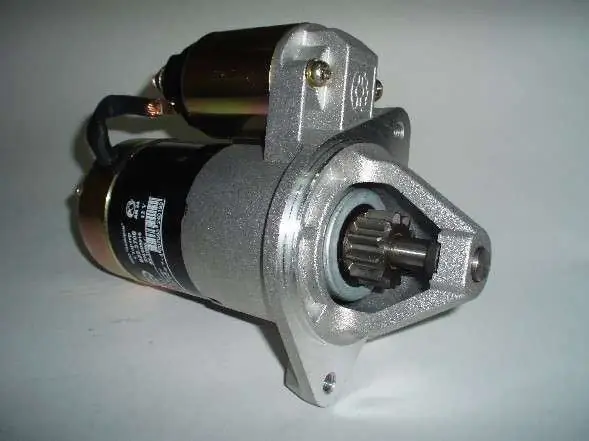- Author Maria Gibbs [email protected].
- Public 2023-12-16 03:05.
- Last modified 2025-01-22 17:48.
A starter is used for comfortable and remote start of the car engine. Therefore, its performance should always be at the optimal level. At the slightest notice in the operation of the device, it should be checked. The best way is at the stand.

Instructions
Step 1
Install the starter on the stand. Check its electrical and mechanical characteristics. At the same time, keep in mind that the connecting wires from the current source to the ammeter and the contact bolt of the traction relay must have a cross section of 16 sq. mm. Connect the starter to a fully charged battery. The temperature during testing should be (25 ± 5) degrees. The brushes should be well ground to the manifold.
Step 2
Check the functionality of the device. Set the voltage of the current source to 12 V, put a switch in the circuit between the "+" of the battery and the terminal "50" of the starter. Closing it, make four starts of the starter with different braking conditions: 2-2, 4; 5, 5-6, 6; 9-10, 8 and 11, 5-12.5 Nm. The duration of each starter activation should not exceed 5 seconds, the interval between them should be from 5 seconds. If the operation of the starter is accompanied by abnormal noise or does not rotate the ring gear, then it should be disassembled and the parts checked.
Step 3
Test the starter with full braking. To do this, completely fix the stand gear ring, turn on the starter and measure the current strength, braking torque and voltage, which must correspond to values of no more than 500 A, no less than 14 Nm and no more than 6.5 V. The duration of the switching process must not exceed 5 seconds. … In the event that the braking torque is below the required value, and the current strength is higher, then the reason may be a short circuit of the windings to ground or an interturn short circuit in the armature and stator windings. If the braking torque and current are lower than standard values, then this may be caused by contamination and oxidation of the collector, a decrease in the elasticity of the brush springs or severe wear of the latter, severe wear of the brushes, hanging in the brush holders or loosening of the stator winding terminals, burning or oxidation of the contact bolts of the traction relay starter.
Step 4
Check the traction relay. To do this, install a 12.8 mm gasket between the gear and the stop ring. Connect the relay. The current consumption of the single-winding relay should be no more than 23 A. Check the switching voltage of the double-winding relay. It should be no more than 9 V. If it is higher, then the relay or the drive is faulty.






